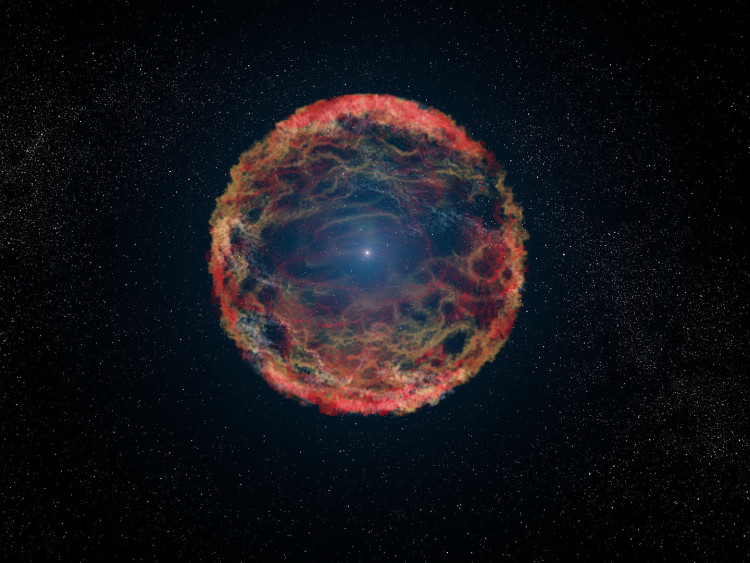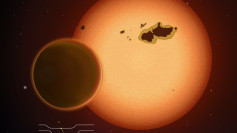In an event that a star explodes into a supernova, cataclysmic shockwaves are sent out in which anything within its blast radius will be incinerated. It's not really surprising why this terrifying notion is the topic of many sci-fi films in recent years.
And while humanity has so far avoided getting blasted off by a supernova explosion, past Earthlings may have been unlucky, according to a new study published in the Proceedings of the National Academy of Sciences.
A research team led by Brian Fields, a physicist at the University of Illinois, proposed that a mass extinction some 360 million years ago at the end of the Devonian period, was caused by the explosion of nearby stars.
The hypothetical supernova was over the "kill distance," Fields called it, which means it failed to total Earth. Nevertheless, a stellar explosion at a distance of approximately 65 light-years would have barraged the atmosphere with harmful radiation.
Such a supernova, if real, may have contributed to a complicated mix of life stresses at the end of the Devonian, and may have gradually drifted through a prolonged extinction of over 70% of species.
For millions of years, biodiversity had decreased until a number of major die-offs began. Those occurrences resulted in the Hangenberg Crisis, where nearly half of vertebrate families are believed to have died out.
According to a recent report in Science Advances, a depleted ozone layer may have been the "kill mechanism" for the Hangenberg crisis. In the new research, Fields' team explains the key cause of this ozone depletion may have been radiation from a supernova, known as cosmic rays.
The protective ozone layer may be destroyed with ultraviolet light, X-rays, and gamma rays, which can carry toxic radiation into fragile surface habitats. Moreover, traces of the theoretical supernova can be mixed in sediments and fossils formed in this long-lost period, which could prove an explosion for future studies. Already, researchers have identified the signature of a recent supernova in radioactive isotopes found in the seafloor.
However, it will be difficult to find radioactive isotopes from the Devonian period. Hundreds of millions of years would not survive the iron isotopes that have tipped scientists to the recent supernova. The only thing that could indicate this old explosion was plutonium-244 and samarium-146, but the Devonians' sediments still be nearly impossible to detect.
Should scientists achieve this incredible feat, then it would suggest that stars that died centuries ago may have taken several living creatures to their graves, transforming the direction of life in our world forever. Within those ancient samples, the detection of plutonium will also demonstrate for the first time that stellar explosions are the source of this uncommon element.






